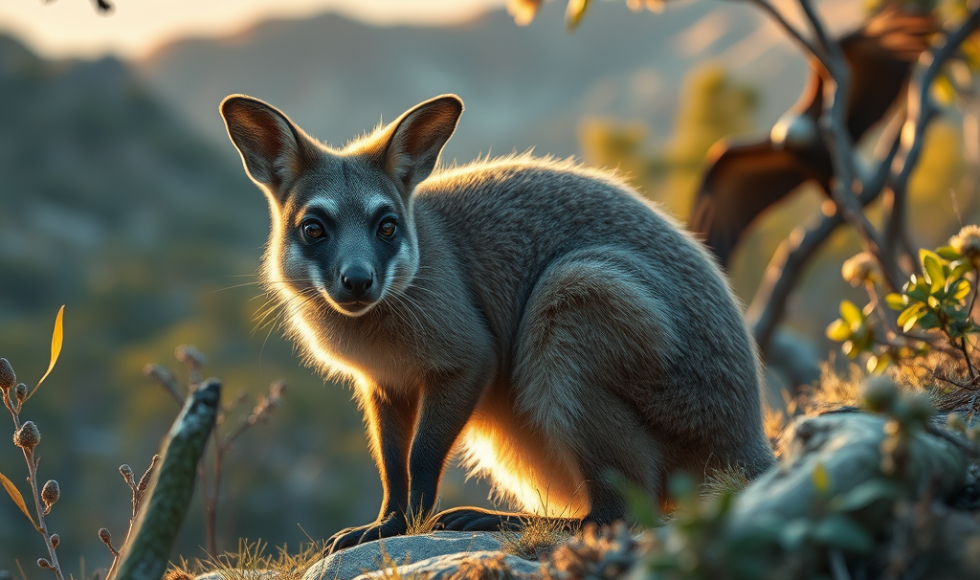It was nice to have a break and good food for Thanksgiving! Tonight, I watched the ORG.one session from the Nanopore Community Meeting 2024 in Boston. The session’s title was “ORG.one—enabling endangered species to bounce back,” which I enjoyed. Dan Fordham, the Director of Strategic Management with ONT and EMEA, was the facilitator of the showcase. The Org.one program offers free reagents and flow cells for sequencing some of the most endangered species. At Oxford Nanopore events, fifteen species were sequenced to live. Rachel O’Neil is the Director of the Institute for System Genomics and the Sequencing Core at the University of Connecticut. Their research focuses on comparative genomics. O’Neil said that new genomics tools now allow for telomere-to-telomere assembly and analysis of genomes. These studies allow for conservation efforts and a better understanding of the evolution of species and adaptation to different environments. O’Neil spoke about Proserpine Rock Wallaby and Petrogale persephone, which they were sequencing live. This animal has a quickly evolving genome. This is an Australian native and endangered (or possibly critically endangered) species. Their habitat is fragmented, and feral cats and eagles can eat them! These factors have contributed to the decline of this animal. O’Neil is an Org.one partner and works with potential collaborators to submit the request and prepare for sequencing. They have sequenced salamanders, plants, and a variety of other organisms! The team at UConn is working with researchers and contributors to teach them about genome sequencing and assembly. I love this program and really want to participate!



